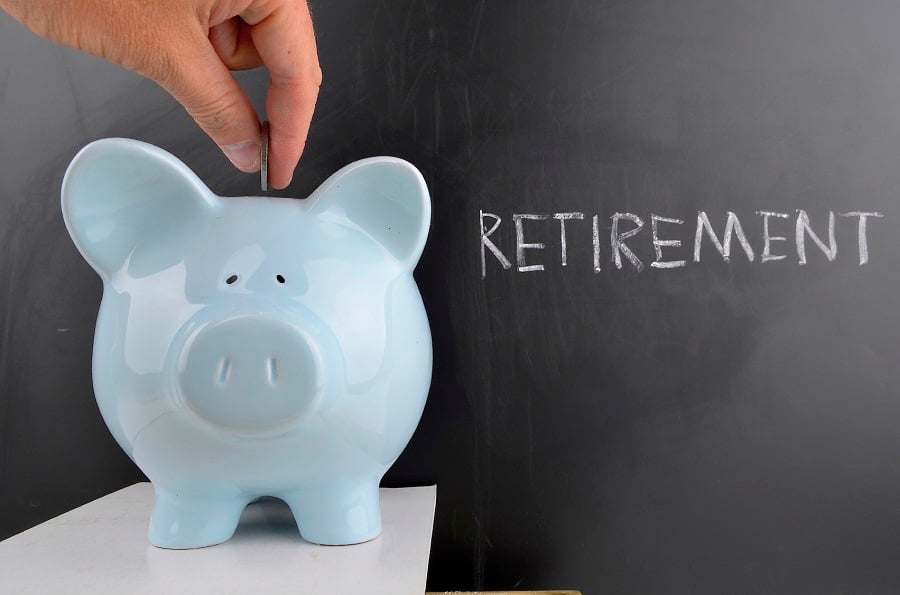Michael Kitces thinks the investment strategy most advisers use to manage retirees' assets is wrong.
Traditional thinking is to make portfolios more conservative as clients age, moving away from stocks and into bonds to protect assets. Speaking on a panel at the
InvestmentNews
Retirement Income Summit, Mr. Kitces said there really isn't any data supporting this rule-of-thumb.
[More: Advisers need to reinvent how they deal with aging clients, says longevity expert]
Mr. Kitces presented data from a study of 121 different portfolio scenarios showing the conventional wisdom actually has a negative impact on retirement income. In fact, the data suggests advisers would be better off doing nothing at all than reducing clients' stock porrtfolios.
"Our study shows you get better income if you do the opposite," he said.
This so-called "rising equity glidepath" increases the probability of retirement success and minimizes probability of failure, he said. The sweet spot seems to be 30% equities at the beginning of retirement and drifting up to 70%, according to Mr. Kitces' data.
The key is minimizing equity exposure at the most critical point of retirement – when a client is first transitioning to retirement and has the largest asset base, Mr. Kitces said. If the market falls in the early years, a rising equity glidepath will protect assets and dollar-cost average clients into markets at cheaper valuations, he said.
If markets are good, clients won't have to worry about running out of money in retirement anyway, he said. If markets start good but turn bad, the early growth is enough to negate the later downturn.
"From a wealth accumulation perspective, this is really simple: the more stocks you own, the more wealth you accumulate on average," Mr. Kitces said. "If your goal is to reduce the probability of failure … the rising equity glidepaths continue to be superior."
While clients may be skeptical about increasing equity exposure later in retirement, Mr. Kitces recommends that advisers frame the conversation in terms of safety. Assets can "hide in a bond tent" for the first 10 to 15 years, and the client's overall exposure to equity will actually be less than traditional strategies, he said.
[More: 5 tactics to improve client retirement readiness]
Retirement income expert Wade Pfau agreed that the strategy could be especially helpful for people retiring now, which could be
one of the most difficult times to retire in history.
"We are in uncharted waters," Mr. Pfau said. "We've never had the high valuations and the low interest rates at the same time."
In addition to a rising equity glidepath, Mr. Pfau said advisers can help retirees navigate today's high-risk economy with annuities, reduced spending and buffering assets such as cash sitting outside of a portfolio or a reverse mortgage.
While the easiest way to ensure a successful retirement is simply working longer, it's not safe to rely on it, Mr. Pfau said. Health problems or an unexpected downsizing could force someone out of the workforce earlier than they anticipate.
High volatility also reinforces the need for ongoing, collaborative financial planning with clients, RBC Wealth Management head of wealth planning Angie O'Leary added.
"A financial plan is going to be wrong the next day after you deliver that plan," Ms. O'Leary said. Retirees need regular checkups and forecasts that account for changing market assumptions. "The conversation really needs to happen on an ongoing basis."







